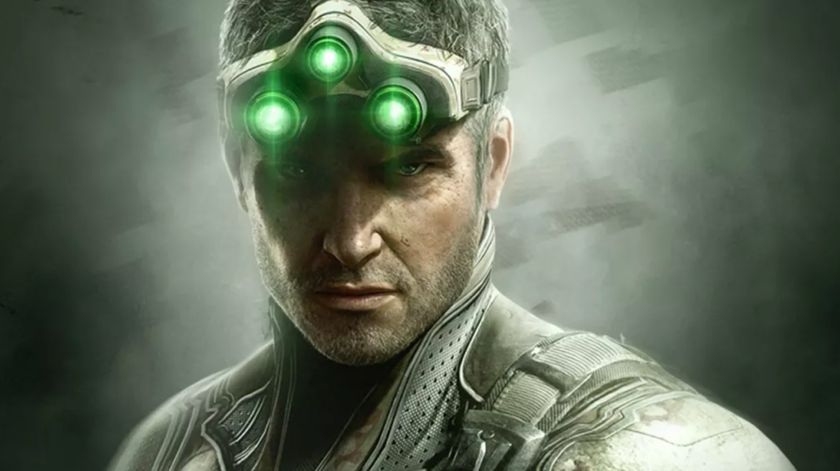Dust off the night-vision goggles as we look back at Splinter Cell: Chaos Theory
Whether it’s slipping past that irritating colleague unseen, or negotiating your way around that potentially hell-spawned dog owned by the neighbours, there really is a little bit of spy in us all. Let’s be honest, there’s some serious empowerment to be gained from sleuthing from point to point, ghosting past every soul in sight.
Strange and potentially law-infringing though it may sound, there are few who’d deny the appeal of skulking around the local community after dark, night-vision goggles and all. Which is why video gaming’s resident spymaster, Sam Fisher, has enjoyed so many shadowy outings – with Chaos Theory being the very best of the sneaky crop.

Entry number three in PlayStation’s six-part Fisher family scrapbook saw Third Echelon’s top student tasked with the diffusion of Eastern tension. As things heated up between China, Japan and South Korea, Sam had to find those stirring up this inflammatory international pot of doom and stop them in their pesky tracks.
Yet the brilliance of Chaos Theory didn’t come from its overarching narrative, but rather from the sense of achievement at silently navigating from one point to another. Mr Fisher acrobatically tip-toed, climbed, and dangled his way across levels, hung from pipes and perched split-legged in narrow corridors above enemies to stay undetected. And when the bloodlust was too great to suppress, he stabbed his way through as well – the previous games’ knockout moves relegated to a distant memory as Sam added a combat knife to his toolbelt. Each level was massive, and those one-hit knife kills made them even better.
And today it’s this level traversal that still brings the game to life – identifying and attempting different ways to slink past an enemy becomes an art form. Do you perch high above a corridor and wait for him to saunter by? Or silently crouch in a dark recess or vent, away from searching eyes? Choices are numerous and always exciting.

Chaos Theory offers a purer breed of stealth than you’ll get from today’s stealth genre lineup. If it’s a rowdy shooting gallery of interchangeable goons you fancy, it’s probably best you look elsewhere. Any attempt to take on a few baddies toe-to-toe sees Sam minced into a fine purée long before he’s even had chance to consider that tackling three gun-toting guards was a less-than-excellent plan for survival. This is a stealth game with no delusions. Just like your least favourite primary school teacher, Chaos Theory will quickly inform you that you will be quiet, or you will be punished.
At its core Chaos Theory represents the pinnacle of the original Splinter Cell trilogy, all while typifying what’s so darn fun about a stealth game that doesn’t include the safety net of action sequences should you get rumbled. It’s a true test of patience and reserve that doesn’t suffer fools glady.
Sign up to the 12DOVE Newsletter
Weekly digests, tales from the communities you love, and more
The empowerment of lingering in the darkness, silently lurking as several unsuspecting goons pass you by – using your deadly prowess in the shadows to offset their clout in open warfare – still appeals. Ultimately Chaos Theory’s biggest success is the power it grants, and the thrill of knowing that once a level begins, you’re the real predator.
Click here for more excellent Official PlayStation Magazine articles. Or maybe you want to take advantage of some great offers on magazine subscriptions? You can find them here.
We are Play magazine, the biggest-selling,100% independent, magazine for PlayStation gamers. Founded in 2021, it's brought to you by the same team of writers, editors, and designers as the Official PlayStation Magazine, with the same deep industry access, quality of writing, and passion for all things PlayStation. Follow us for all things PS5, PS4, and PlayStation VR.

















